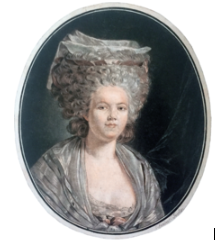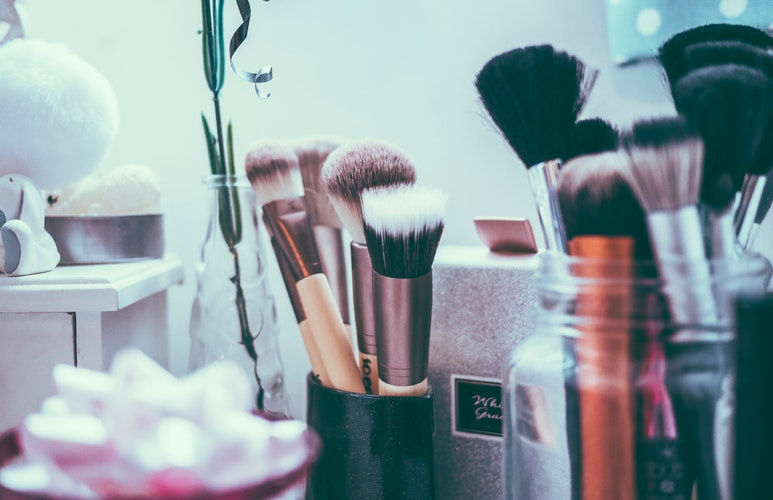French Revolution Fashion
- Vi Nyugen

- Apr 4, 2019
- 2 min read

The main historical event that occurred in the 1700s in France
“Little by little, the old world crumbled, and not once did the king imagine that some of the pieces might fall on him.”
― Jennifer Donnelly, Revolution

Who influenced these fashions and how did they influence?
After Louis XIV’s death in 1715, clothing styles began to evolve, Marie-Antoinette, a queen of France, influenced these fashions by existing. That means that in the late 1700s since she wore very tall hair that was greyish and white, very pink circular blush and more pastel-ish clothing. Since she was pretty popular, people copied what she did even if they didn't enjoy it too much.
The Prominent Silhouette
The prominent silhouette in the 1700s for women was tall hair or hair that was up, frills, a small waist, a butt that sticks out, and feet that are hidden or barely showing. The prominent silhouette in the 1700s for men was good posture (just sticking out the butt), a cane, hats, long coats, lots of layers, and boots.
Designer at the Time
Rose Bertin was a dressmaker to Queen Marie Antoinette, and she was widely celebrated across France.
Trends in the 1700s

Trends in the 1700s for women were white faces, red cheeks, a symmetrical body and face, their butt sticking out, a small waist, dying really early, and tall hair. Trends for men in the 1700s were cravats, which were invented in 1660, came back into style in the 1770s. Men also wore hats, lots of layers of jackets (which were usually long), and pants tucked into boots.
Colors that were Popular

Blue, White, Red - colors of the Revolutionaries. They not only wore these colors as ribbon cockades but in their entire dress. a liberty bonnet, a man's hat that came to symbolize the Revolution. To be more specific, the red and blue were the original colors of the 1789 cockade and the traditional colors of Paris
Textiles and Fabrics Used

The French court had been governed by strict rules that determined the proper type of frocks, fabrics, and accessories to be donned for the season, time of day, and occasion. Louis XIV’s reign in the early 1700s was dominated by the baroque style of art, music, architecture, and haute couture. Ornate decorations, rich, dark fabrics, and elaborate, heavy designs dominated courtier couture under the Sun King. After Louis XIV’s death in 1715, clothing styles began to evolve. Fashion took a turn to a lighter, more frivolous style, transitioning from baroque to rococo. The latter period was characterized by pastel colors, more revealing frocks, and lots of frills, ruffles, bows, and lace. This look spread from France and was copied by the elite in other European capitals.
Video Representing the 1700s in France
Closest Resemblance in Style

The closest resemblance was in the 1910s in the United States (left) alongside the French Revolution (1700s) (right)
Fun Facts

EVERYONE DIED, makeup wasn’t meant to be natural (it was even just called paint), lipstick was just distilled alcohol or vinegar, people might not have washed their hair for the entirety of winter!




Comentarios